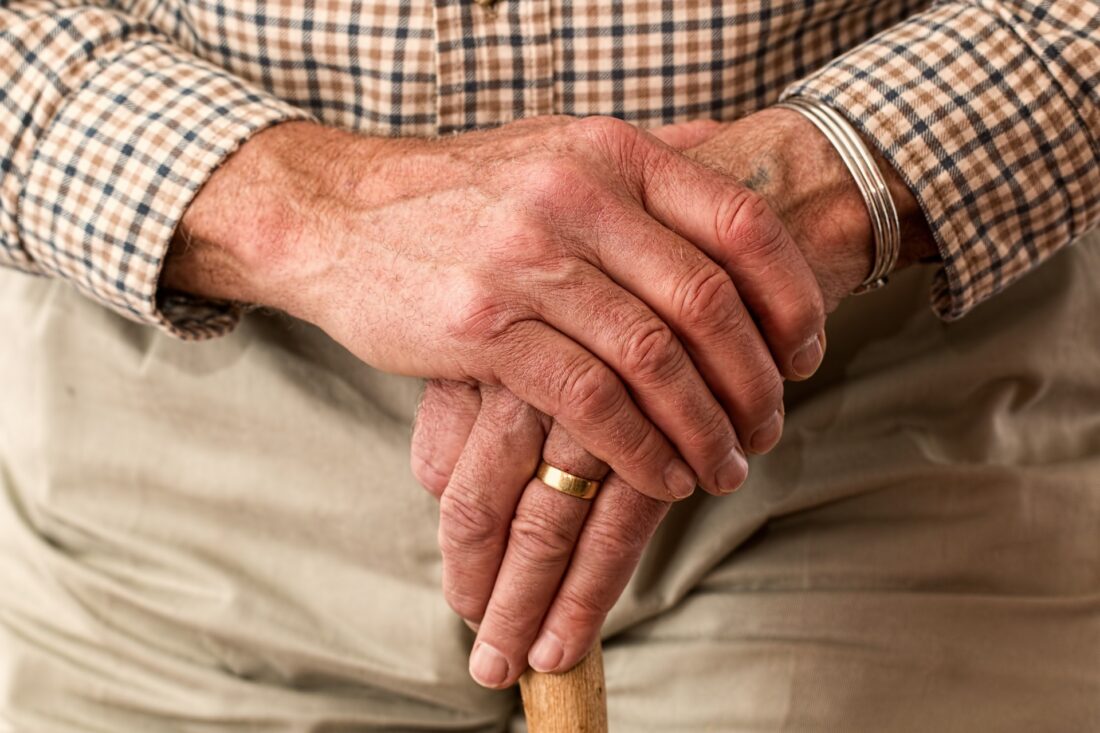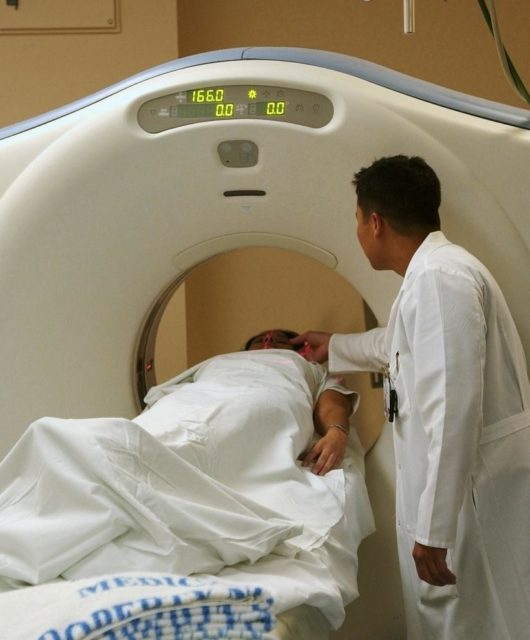Seniors Are No Longer Alone

Getting older is not for the faint of heart. As we age our physical and mental health may decline, leading to isolation, loneliness, and a myriad of other issues. Luckily, we live in the greatest technological age, which means that even if your body is slowing down, the technology keeps revving up to keep you connected! You will still be able to keep in touch with your loved ones as well as the world around you even if your physical mobility has diminished. Here are a few tips to keep you plugged in to your social network and the rest of the world.
First, think about who is in your social network? Consider for a moment what personal connections you have both in your local community as well as online. Your social network consists of your friends, family, fellow faith organization members, maybe folks who enjoy the same hobbies or workouts as you. Your network should also contain those professional services that provide much needed amenities for the elderly: ride-sharing services such as Uber or Lyft, food-delivery services such UberEATS or Door Dash, and even grocery delivery services such as those provided by local grocery chains or Instacart. These are all invaluable as you age. Caregiving professionals and services are also part of the senior network of course, and telehealth is a growing field. These are all points of contact for the senior.
Whichever services you choose to use, don’t forget that there is always a way to stay connected to your social network if you make the effort. Sometimes it’s as simple as reading Facebook every day. Other times you may want to pick up your cell phone and call a family member directly. Want to learn more about knitting or gardening? Join an interest group on your favorite social media venue, make new friends, and learn a new skill at the same time. You can keep the loneliness at bay if you use the connectivity that is available to you. Technology is a tool that we can all use; it’s the same as a telephone call or a letter in the mail.
And just in case you think you must keep up with all the technology yourself, never fear. There are many, many options that can assist you in different ways that are easy to set up and help you throughout your day. For example, current wearables such as smart watches and medical alert systems can be programmed to help you remember to take your daily medications or drink enough water during the day. There are other alert systems that may include voice recognition, fall detection, GPS tracking, and 24/7 operator monitoring. Check out the medical alert system review sites to learn more and decide which particular system might be the right one for you. AARP calls these devices life-saving in the event of a stroke, heart attack, or fall, especially if you live by yourself.
Let’s not forget how valuable telehealth or telemedicine has proved over the past few months. Making an appointment and visiting with a health care provider via your computer or tablet has helped many seniors stay home and stay healthy. Most physicians now offer HIPPAA-compliant videoconferencing abilities for many services such as checkups, sick appointments, mental health issues, home health, and even physical or occupational therapy sessions.
Other videoconferencing methods such as Skype, FaceTime, and Zoom are also great to use when you want to reach out to loved ones and check in with friends and family via a video stream, which is safer and easier than meeting in person. This way you can see the faces and smiles of your loved ones on your computer screen, and everyone stays safe while sharing the latest news with each other.
More and more our lives are being enhanced by the ever-present voices of Amazon’s Alexa or Apple’s Siri. These voice-assistive technologies can help you when you have a question, can keep your grocery list, read an audio book to you, play specific music, tell you jokes, and even phone your loved ones automatically if set up correctly. Studies are showing that these types of information and communication technologies can help reduce social isolation in the aging population.
In addition, some companies are now fine tuning their smart-speaker technology to further accommodate the aging and disabled population. They are teaching Alexa about senior living specifically so that she can respond appropriately to requests from the residents who live in senior communities (such as calling the front desk, ordering food, asking about daily events, or even turning on or off the lights).
Using the appropriate technology can assist seniors in their everyday lives, even if they are staying at home more often during this season of their lives. It can help them to remain more social and less lonely, and to stay in tune with the world around them with a click of a button or a simple spoken word.









